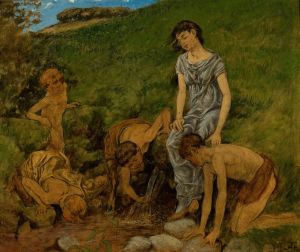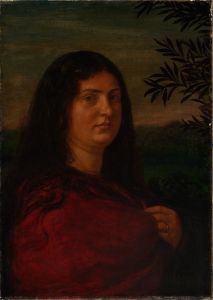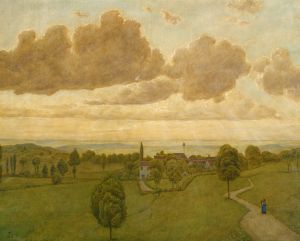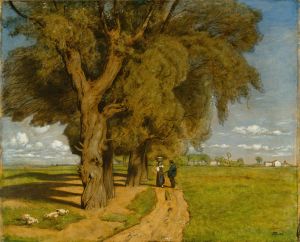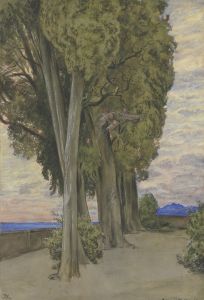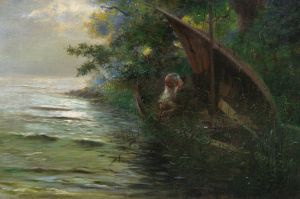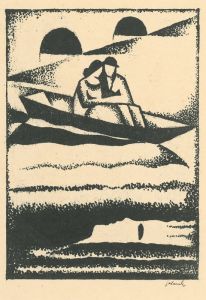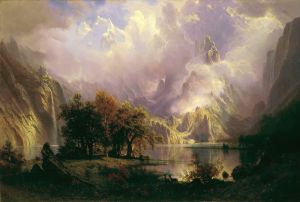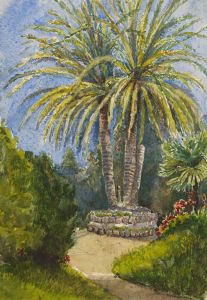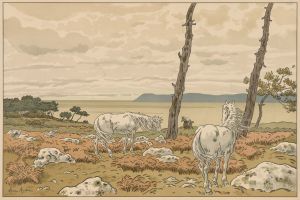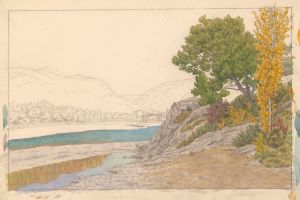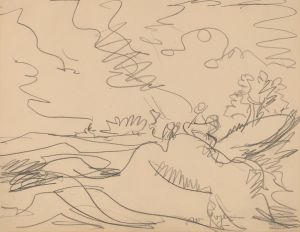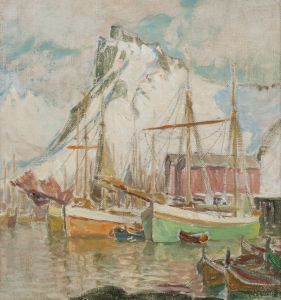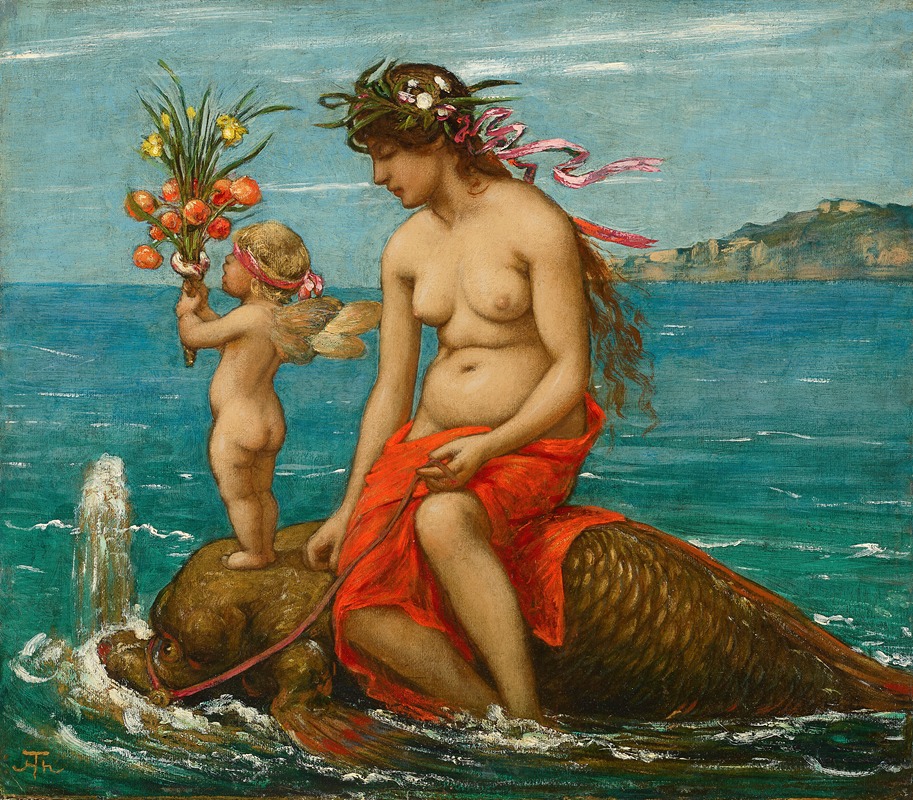
Durch die Fluten
A hand-painted replica of Hans Thoma’s masterpiece Durch die Fluten, meticulously crafted by professional artists to capture the true essence of the original. Each piece is created with museum-quality canvas and rare mineral pigments, carefully painted by experienced artists with delicate brushstrokes and rich, layered colors to perfectly recreate the texture of the original artwork. Unlike machine-printed reproductions, this hand-painted version brings the painting to life, infused with the artist’s emotions and skill in every stroke. Whether for personal collection or home decoration, it instantly elevates the artistic atmosphere of any space.
Hans Thoma was a German painter born on October 2, 1839, in Bernau in the Black Forest. He is known for his landscapes, portraits, and genre paintings, often reflecting the natural beauty of his native region. Thoma's work is characterized by its detailed realism and often idyllic representation of nature, drawing inspiration from both the Romantic and Realist movements.
"Durch die Fluten" (translated as "Through the Waves") is one of Thoma's notable works, though specific details about the painting, such as its creation date or current location, are not widely documented. Thoma's oeuvre often includes themes of nature and human interaction with the environment, which suggests that "Durch die Fluten" might explore similar motifs. His paintings frequently depict serene landscapes, rural life, and mythological subjects, often infused with a sense of tranquility and harmony.
Thoma's style evolved over his career, initially influenced by the Nazarene movement, which sought to revive honesty and spirituality in Christian art. Later, he became associated with the Munich Secession, a group of artists who broke away from traditional academic art to pursue more modern approaches. Thoma's work, however, remained distinct for its adherence to naturalism and detailed representation.
Throughout his life, Hans Thoma received various accolades and held several prestigious positions. In 1899, he became the director of the Kunsthalle Karlsruhe, where he influenced a generation of artists and contributed to the development of the art scene in Germany. His work was celebrated for its technical skill and the way it captured the essence of the German landscape and spirit.
Thoma's paintings are housed in numerous collections, including the Städel Museum in Frankfurt and the Kunsthalle Karlsruhe. His legacy is marked by his ability to blend realism with a romantic sensibility, creating works that resonate with a sense of place and time.
While specific information about "Durch die Fluten" is limited, Hans Thoma's body of work continues to be appreciated for its contribution to German art and its reflection of the cultural and natural landscapes of his era. His paintings remain a testament to his skill in capturing the beauty and complexity of the world around him.





